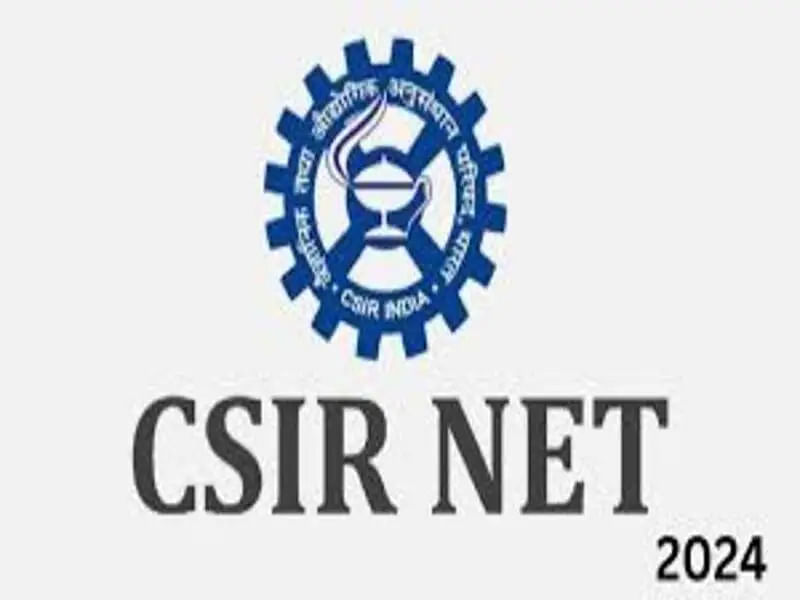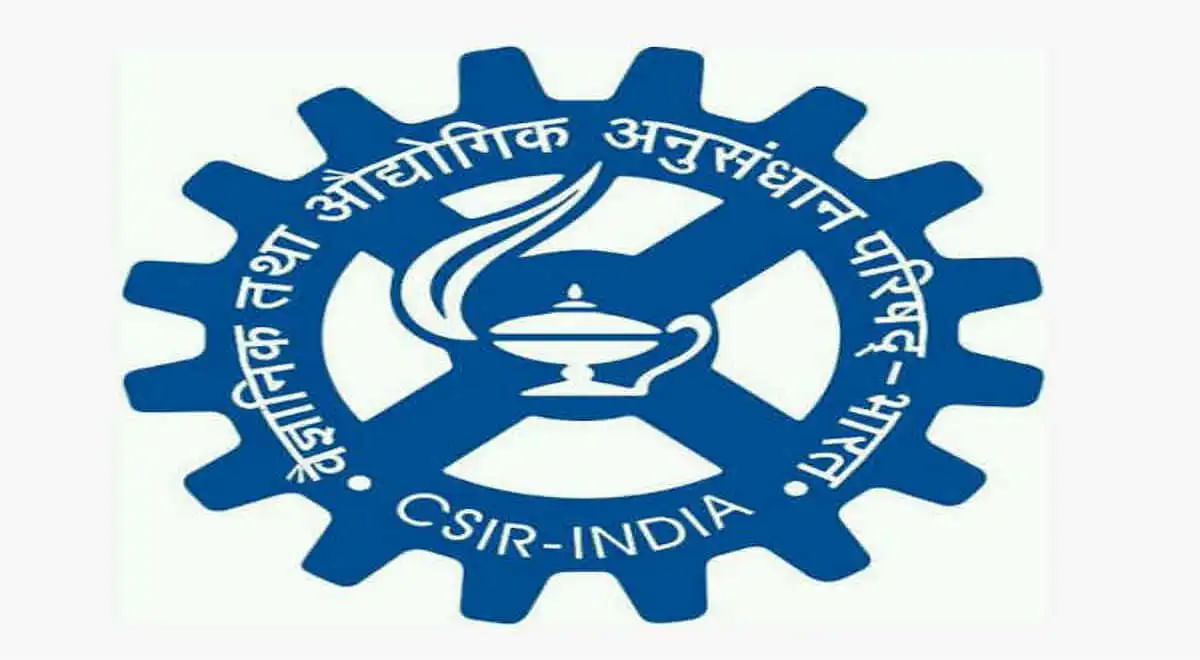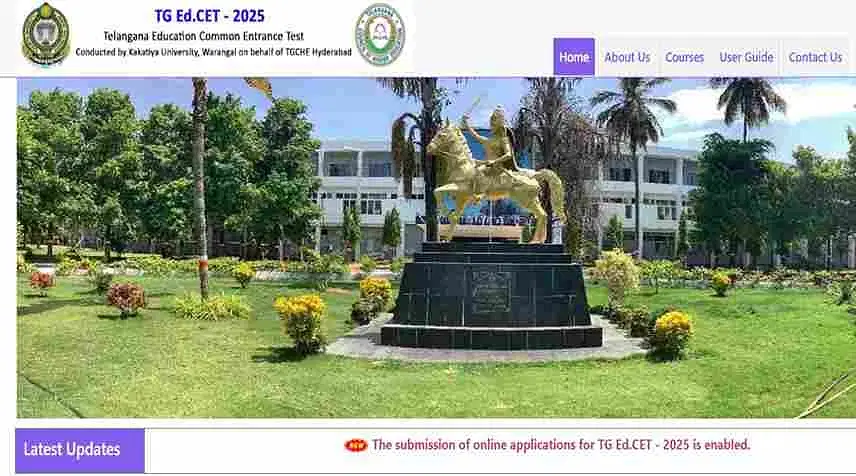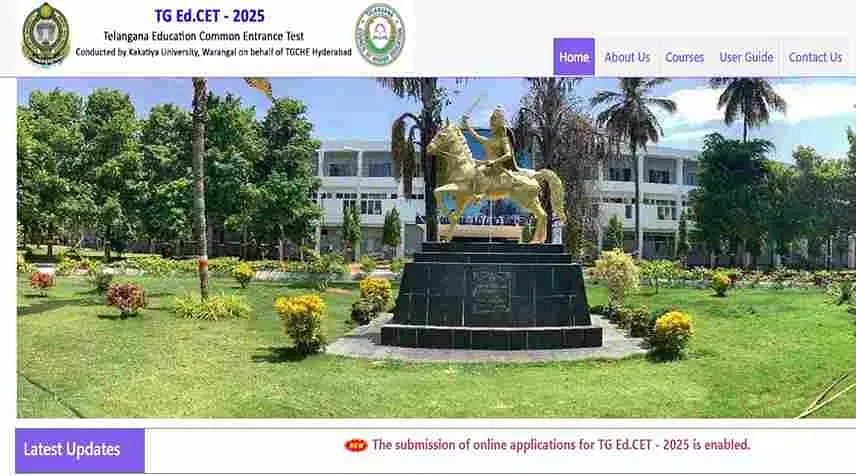CSIR NET Chemical Science Syllabus is divided into 3 segments, Physical and Organic, Inorganic Chemistry. Topics such as Organometallic Compounds, Intermediate & Reaction Mechanism, Molecular Spectroscopy are important for the CSIR NET Chemical Science exam.
Table of Contents
CSIR NET Chemical Science Syllabus comprises three segments, Inorganic, Physical, and Organic Chemistry. The syllabus is divided into three sections, Part A, Part B, and Part C. Candidates must go through the CSIR NET Chemistry Syllabus for a better and thorough understanding of the CSIR NET Chemical Science exam.
CSIR NET Chemical Science Syllabus 2024
Chemical Science Syllabus 2024 is separated into three sections: Part A includes all posts, while Parts B and C address subject-specific subjects. Enantioselectivity, organic chemistry basics and chiral auxiliaries, nuclear processes (fission and fusion), enzyme kinetics, and so on are some of the main topics covered.
CSIR NET Chemical Science Syllabus (Part A)
Candidates can check the CSIR NET Chemical Science Syllabus for Part A in the table below:
| Graphical Analysis | Reasoning | Numerical Ability |
| Measures of Dispersion | Clock and Calender | Time and Work |
| Mean, Median, Mode | Distance and Direction | HCF and LCM |
| Graph | Coding and Decoding | Permutation and Combination |
| Pie-Chart | Arrangement and Ranking | Proportion and Variation |
| Line and Bar Chart | Series Formation | Compound and Simple Interest |
| Table | Puzzle | Geometry |
CSIR NET Chemical Science Syllabus (Part B and C)
Students can check the CSIR NET Chemical Science Syllabus for Part B and C in the table listed below:
1. Organic Chemistry
| Principles of stereochemistry | Configurational and conformational isomerism |
| Asymmetric induction | |
| Enantioselectivity | |
| Geography of India | |
| Stereoselectivity | |
| Stereogenicity | |
| Diastereoselectivity | |
| Concepts in organic synthesis | Linear and convergent synthesis |
| Protecting groups | |
| synthons | |
| Disconnection | |
| Asymmetric synthesis | Resolution – optical and kinetic |
| Chiral auxiliaries | |
| Asymmetric induction methods – substrate, reagent, and catalyst-controlled reactions | |
| Determination of enantiomeric and diastereomeric excess | |
| Determination of organic compounds | IR & UV |
| Mass spectroscopic methods | |
| Pericyclic reactions | Other related concerted reactions |
| Cycloaddition | |
| Sigmatropic rearrangements, electrocyclization | |
| Organic chemistry’s principles and applications of photochemical reactions |
2. Inorganic Chemistry
| Bioinorganic chemistry | Metal complexes in medicine |
| Nitrogen fixation | |
| Oxygen transport | |
| Porphyrins | |
| Photosystems | |
| Organometallic compounds | Bonding and structure |
| Reactivity, and synthesis | |
| Organometallics in Homogeneous Catalysis | |
| Nuclear chemistry | Nuclear reactions, fission, and fusion |
| Activation analysis | |
| Radio-analytical techniques | |
| Concepts of acids and bases | hard-soft acid-base concept |
| Non-aqueous solvents | |
| Chemical Periodicity | Periodic Table |
| Elements | |
| Groups | |
| Inner transition elements | Spectral and magnetic properties |
| Analytical applications | |
| Redox chemistry |
3. Physical Chemistry
| Chemical kinetics | Empirical rate laws and temperature dependence |
| Enzyme kinetics | |
| Steady-state approximation | |
| Complex reactions | |
| Determination of reaction mechanisms | |
| Data analysis | Absolute and relative errors |
| Covariance and correlation coefficient | |
| Mean and standard deviation | |
| Chemical Application | Symmetry elements |
| Group theory | |
| Radio-analytical techniques | |
| Polymer Chemistry | Kinetics of polymerization |
| Molar masses | |
| Atomic Structure | Many-electron systems |
| Antisymmetry principle | |
| Spectroscopy | |
| Inner transition elements | Spectral and magnetic properties |
| Analytical applications | |
| Redox chemistry | |
| Solid state | Crystal structures |
| Bragg’s law and applications | |
| Band structure of solids | |
| Colloids and surfaces | Properties of colloid |
| Isotherms and surface area | |
| heterogeneous catalysis | |
| Molecular spectroscopy | Basic principles of magnetic resonance |
| Rotational and vibrational spectra of diatomic molecules | |
| Electronic spectra | |
| Electrochemistry | Includes topics such as Ionic equilibria |
| Conductometric and potentiometric titrations | |
| DebyeHuckel theory | |
| Approximate methods of quantum mechanics | Variational principle; and its applications |
| Perturbation theory up to second order in energy |
CSIR NET Chemical Science Syllabus PDF
| Subject | Syllabus PDF |
| CSIR NET Chemical Science | Download Syllabus PDF |
Also Read: CSIR NET General Aptitude Syllabus 2024 - Download PDF
CSIR NET Chemical Science Books 2024
Covering the CSIR NET Chemical Science syllabus with the help of CSIR NET Chemical Science books is highly recommended for candidates. Candidates may refer to the table below for subject-wise CSIR NET Chemistry books.
| Recommended Book Name | Subject | Author/Publisher |
| CSIR NET Organic Chemistry | Organic Chemistry | Clayden |
| CSIR NET Physical Chemistry | Physical Chemistry | Puri, Sharma, And Pathania |
| Concise Inorganic Chemistry | Inorganic Chemistry | J.D LEE |
Also Read: CSIR NET Life Science Syllabus 2024 - Download PDF
CSIR NET Chemical Science Exam Pattern 2024
The CSIR NET exam comprises a single exam with multiple-choice questions (MCQs). The exam lasts three hours and has a maximum score of 200. The exam paper consists of three components. The table below shows the CSIR UGC NET Chemical Sciences Exam Pattern 2024.
| Parts | Total no. of Questions | Marks (for each question) | Questions to Attempt | Maximum Marks |
| Part A | 20 | 2 | 15 | 30 |
| Part B | 40 | 2 | 35 | 70 |
| Part C | 60 | 4 | 25 | 100 |
Also Read: Best CSIR NET Coaching in India


![University of Calcutta, [UC] Kolkata](https://media.getmyuni.com/azure/college-image/small/university-of-calcutta-uc-kolkata.jpg)
![Jamia Millia Islamia [JMI]](https://media.getmyuni.com/azure/college-image/small/jamia-millia-islamia-university-new-delhi.jpg)
![Bharathiar University, [BU] Coimbatore](https://media.getmyuni.com/azure/college-image/small/bharathiar-university-bu-coimbatore.jpg)
![Chandigarh University, [CU] Chandigarh](https://media.getmyuni.com/azure/college-image/small/chandigarh-university-mohali.jpg)
![Visva-Bharati University, [VBU] Birbhum](https://media.getmyuni.com/azure/college-image/small/visvabharati-university-vbu-bolpur.jpg)
































POST YOUR COMMENT